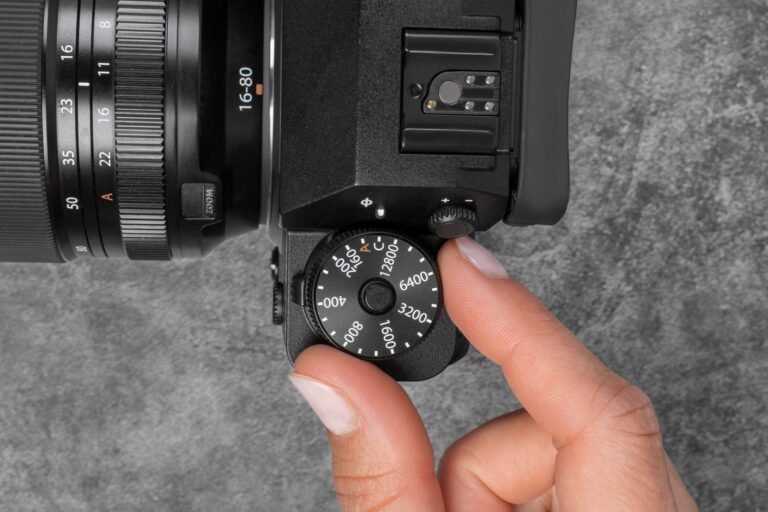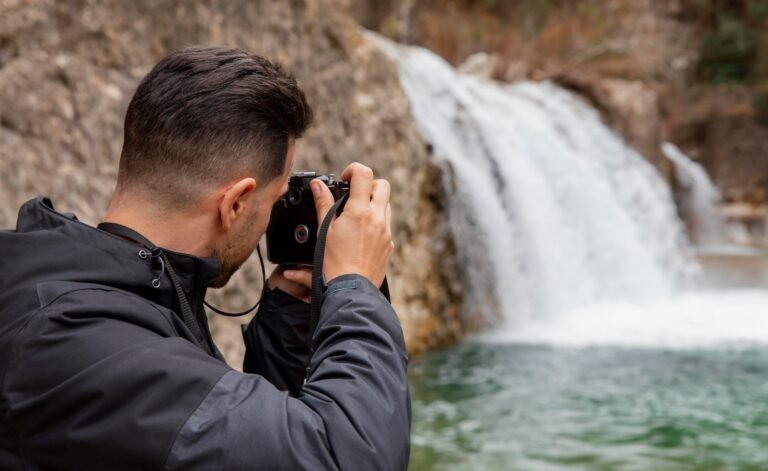
Become a professional in classifying wildlife birds
Becoming a professional in classifying wildlife birds involves a combination of education, field experience, and dedication to continuous learning. Here’s a structured approach to achieve this:
- Education in Ornithology: Start by studying ornithology, which is the scientific study of birds. This includes their anatomy, physiology, behavior, ecology, and taxonomy (classification).
- Field Experience: Get hands-on experience by birdwatching and birding in various habitats. Learn to identify birds by sight and sound. Join birdwatching groups or clubs to learn from experienced birders.
- Use Field Guides and Resources: Familiarize yourself with field guides specific to your region or areas of interest. These guides provide key characteristics and distribution maps that aid in bird identification.
- Online Courses and Workshops: Take advantage of online courses, workshops, and webinars offered by ornithological societies or conservation organizations. These can deepen your knowledge of bird identification and classification.
- Participate in Citizen Science Projects: Engage in citizen science initiatives where you can contribute bird sightings and data to larger databases. This not only helps conservation efforts but also enhances your skills in bird identification.
- Networking and Mentorship: Connect with professionals in ornithology through conferences, seminars, and local birding events. Having mentors can provide valuable guidance and feedback on your skills.
- Utilize Technology: Learn to use birding apps, binoculars, and cameras effectively. These tools can assist in observing and documenting bird species, crucial for accurate classification.
- Contribute to Research: As you gain expertise, consider contributing to ornithological research projects. This could involve bird surveys, banding, or assisting in field studies.
- Stay Updated: Keep abreast of advancements in ornithology and taxonomy. Subscribe to scientific journals, newsletters, and online forums to stay informed about new species discoveries and taxonomic changes.
- Practice Ethical Birding: Always prioritize the welfare of birds and their habitats. Follow ethical guidelines for birdwatching and bird photography to minimize disturbance.
By following these steps and maintaining a passion for birds and their conservation, you can progress towards becoming a proficient professional in classifying wildlife birds. Remember, it’s a journey of learning and discovery that requires patience and dedication.






